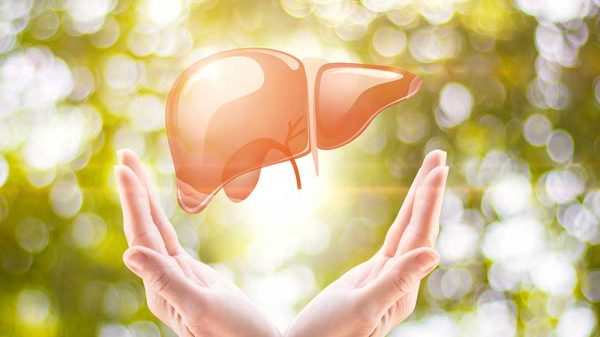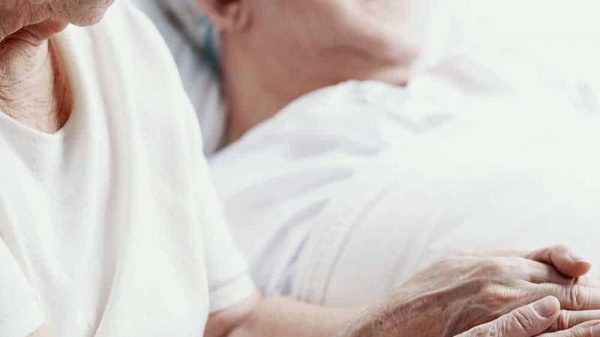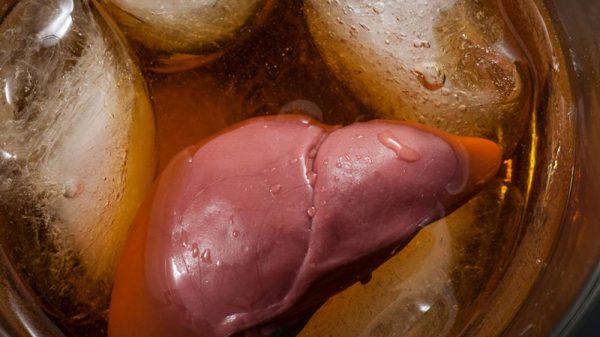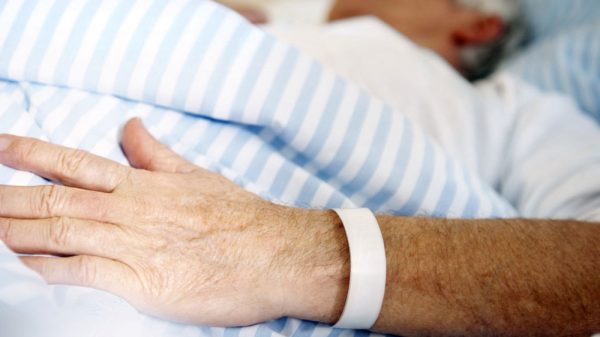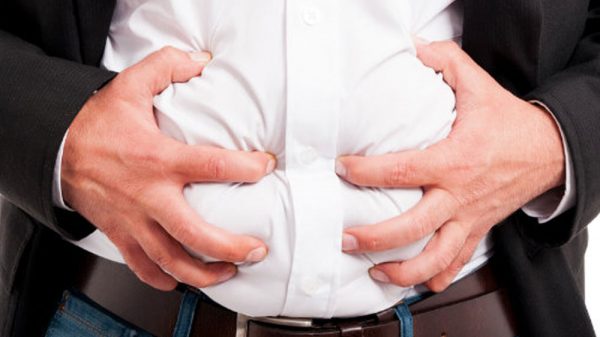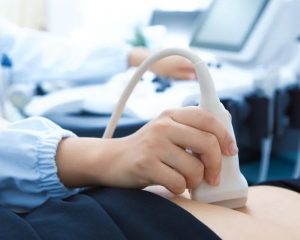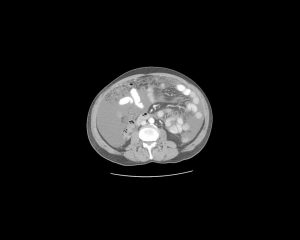Obstructive jaundice occurs when the bile is unable to flow out of the liver due to blockage. The result of this is that the excess bile is redirected into the bloodstream along with its by-products. Thus there is an incomplete excretion of bile. The byproducts of bile include bilirubin, derived pigment from dead blood cells (red). Bilirubin has a yellow color and is responsible for the yellow color seen in the eyes, mucous membrane and skin of someone with jaundice. Some of the symptoms that are associated with this medical condition are yellow skin and eyes, fever, and abdominal pain.
Any kind of obstruction that disrupts or blocks bile passage can lead to obstructive jaundice. The most common is the blockage caused by gallstones. Inflammation, pancreatic cancer, birth abnormalities, tumors, narrowed bile ducts, and traumas are some of the other possible causes. The symptoms and signs of this condition differ as it depends on how complete the blockage is. Some people will not exhibit symptoms at first but if it persists then fever, serious stomach pain, vomiting, and nausea can begin. When the blockage is complete that could pose as an infection risk resulting in gallbladder and liver damage.
Obstructive Jaundice Symptoms
The symptoms vary among individuals both in intensity and type. The commonly seen symptoms include;
| Diarrhea | Upper quadrant abdominal pain | |
| Bruising | Dark color urine | |
| Chills and fever | Anorexia | |
| Lethargy or malaise | Unintended weight loss | |
| Itchy skin | Jaundice | |
| Pale stools | Easy bleeding | |
Severe Symptoms on Life-threatening cases | ||
| Abdominal bloating, distension and swelling | Nausea | |
| Above 101F temperature (high fever) | Serious abdominal pain | |
Causes
The cause of obstructive jaundice is any condition that leads to a blockage of bile passage to the intestines. There are different bile ducts types but only two are present in your liver and they are extrahepatic ducts and intrahepatic ducts.
The intrahepatic ducts consist of small tubes inside the liver which collects and moves or transports bile into the other duct, extrahepatic duct.
The extrahepatic ducts start as two different parts one on the right liver side and next on the left. In the process of their descending, they form a common hepatic duct. The one popularly refers to the bile duct. It goes into the colon or small intestine.
This duct has an opening into the hepatic duct (common) and is henceforth called choledochus or common bile duct.
The causes include:
- Biliary structure
- Pancreas or gallbladder cancer
- Bile duct cysts
- Congenital defects (structural)
- Inflammation or infection of the bile duct (cholangitis)
- Enlargement of the lymph nodes
- Parasitic infection
- Pancreatitis
- Trauma or post-surgery complications
Risk factors
Risk factors mean the likelihood of you getting a condition. In the case of obstructive jaundice risk factors include;
- Gallstones
- Abdominal injury
- Tumors in the bile duct area
- Pancreatic cancer
Diagnosis and Treatment
Your doctor will develop a treatment plan that suits your needs and you have to follow the plan as this would help to relieve symptoms and reduce its chances of recurring. To be sure that your condition is that of obstructive jaundice you will be required to go through some diagnostic tests and blood samples. Several treatment options are available and they depend on how severe the case is and the cause.
Before we go on to look at the treatment lets know about how the diagnosis is made.
- Blood test – Includes a liver function and complete blood count test. This test can rule out some conditions like cholecystitis, high conjugated bilirubin, cholangitis high liver enzymes, and an increased alkaline phosphatase level.
- Ultrasonography – This test is usually conducted first in many suspected cases of biliary obstruction. The doctor is able to see if there are any gallstones.
- Biliary radionuclide scan – This scan makes use of radioactive material in order to supply useful information on gallbladder and other possible obstructions.
- Cholangiography – X-ray is done on the bile ducts
- MRI scan – detailed liver, pancreas, bile ducts, and gallbladder pictures are provided here.
- Magnetic resonance cholangiopancreatography – pancreatic diseases and biliary obstructions are identified with this test.
- Endoscopic retrograde cholangiopancreatography – an X-ray and endoscope issue as both therapeutic and diagnostic tools. Your surgeon will be able to observe the ducts and also for treatments.
The treatment options are:
- Antibiotic therapy: Endoscopic retrograde cholangiopancreatography, an imaging medical procedure that permits some of the bile ducts issues to be treated including removing the gallstones that cause obstruction.
- Pain medications and intravenous fluids
- Nutritional support
- Surgery for reparation of anatomical defects, it can also create an alternate pathway for bile passage.
- Liver transplantation is used when all other methods have been unsuccessful and the entire liver is bad or damaged.
- Cancer treatment, these may include chemotherapy, radiation therapy or chemotherapy
Possible Complications
Serious complications can be avoided by abiding with your customized treatment plan. The complication includes;
- Scarred liver (cirrhosis)
- Liver failure
- Digestive problems
- Malabsorption syndrome
- Infection spread
- Cancer spread
If any of these complications arise a health care provider or doctor has to be contacted. This is especially true when color changes are gradually setting in, an indication of jaundice.
Obstructive jaundice can be prevented by making some changes to your lifestyle and diet. Increase the fiber quantity in your meals. Cut down your saturated fat and sugar intake both of these can cause gallstones. Maintain a healthy weight range, if you are already obese then you can begin to work on shedding off some weights. There are a lot of guidelines and tips that can be of help.

